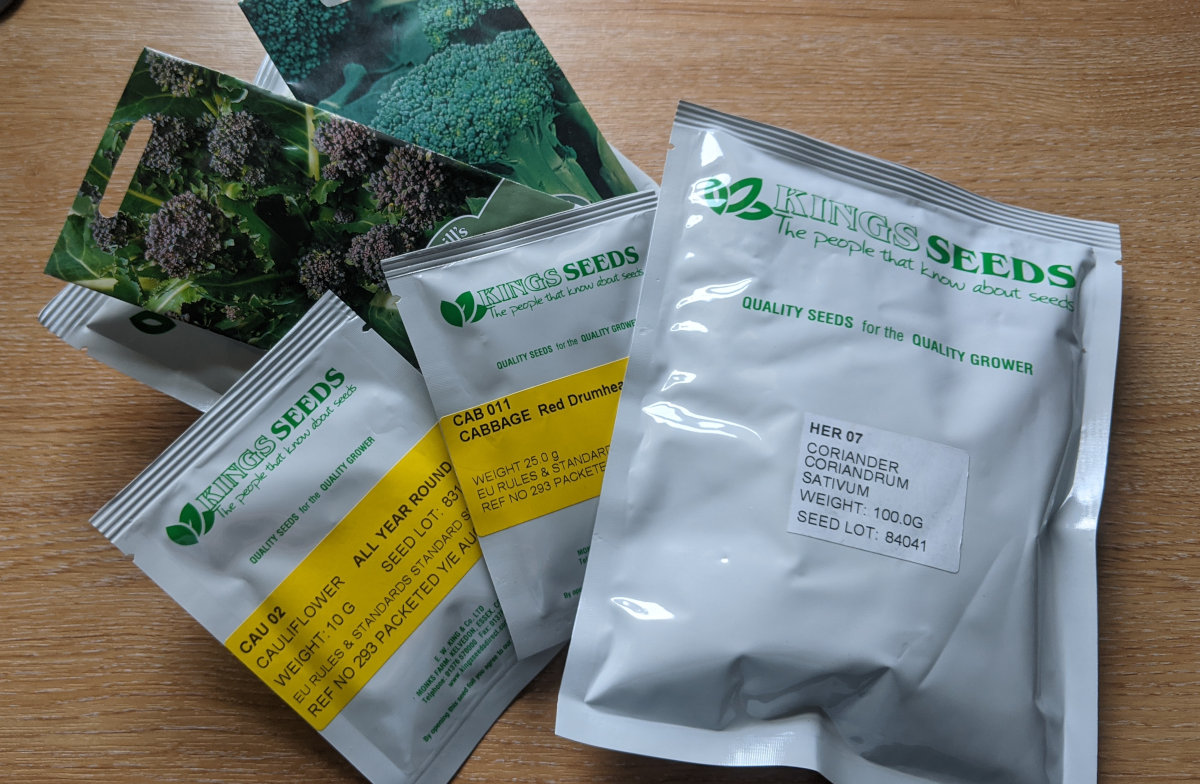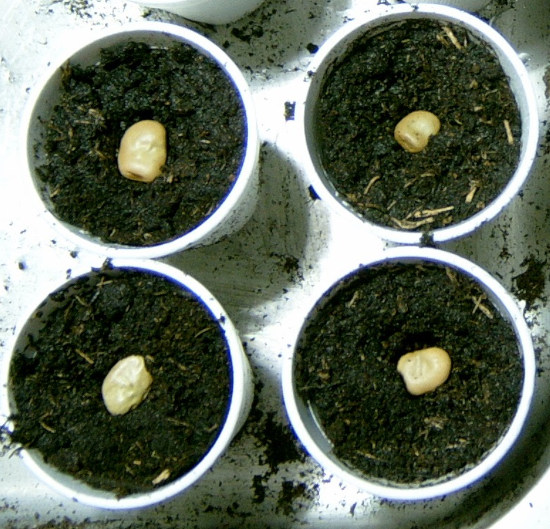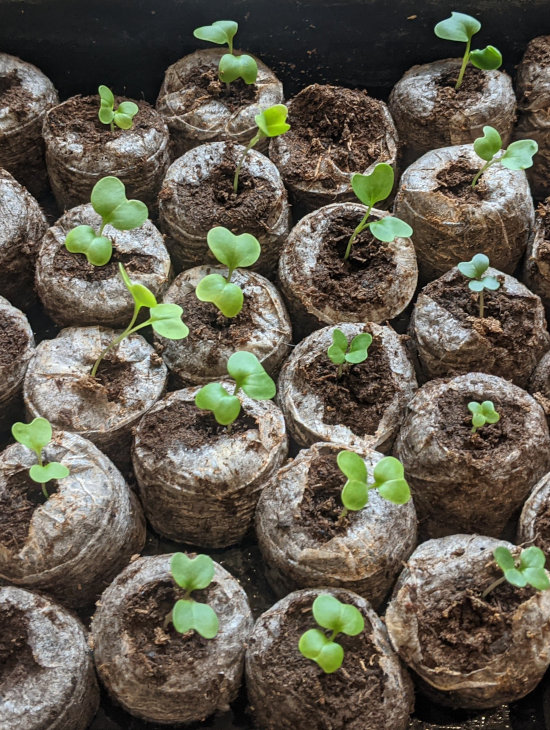Seeds

A relatively small number of seeds is required for planting the average city vegetable garden or allotment, but these should be obtained in ample time and should be of the highest quality available.
When it comes to seeds, the best are the cheapest in the long run.
Most gardeners buy too much seed and plant too thickly, not only wasting seeds but actually also reducing yields. Any seeds that are left over should be stored in a tin or glass container in a cool, dry place until needed for later planting.
Seeds have three main parts:
- Embryo: The embryo is the miniature plant that will grow into a new plant. It contains a root, a stem, and one or more leaves.
- Endosperm: The endosperm is the food reserve that will nourish the embryo until it can start photosynthesis. It is made up of starch, protein, and oil.
- Seed coat: The seed coat is the protective outer covering of the seed. It helps to protect the embryo from damage and helps to keep the seed from drying out.
Seeds are an important part of the plant life cycle. They are how plants reproduce and spread their genes to new locations. Seeds are also an important food source for humans and animals.
The particular variety of any seed to buy will depend upon local conditions. In each community there are usually experienced persons who can be relied upon for advice as to the best varieties to obtain for a locality.
What is a seed?
A seed is the plant in potential, a dried embryo that is waiting for the ideal condition to begin to grow. Seeds are one way that plants reproduce and spread to new growing sites.
The seed itself is made up of an embryo and a seed coat and they can be a wide variety of sizes. The embryo is made up of a radicle, an embryonal axis and one or two cotyledons. Seed coats have evolved to protect the embryonic seed and keep it safe until it is time to grow.
A seed contains all the nutrients to grow a seedling and get the plant off to a good start in life.
Below: Broad beans are some of the largest seeds a gardener will sow.

Seeds vary in size, lettuce, celery and radish seeds are tiny, often numbering thousands to the gram whereas broad beans can be 2 grams each.
How to Plant Seeds:
Seeds are planted either in seed trays or in rows in the vegetable garden. the depth they are sown depends on their size, the bigger seeds are planted deeper as a rule.
When it comes to seeds, well sown is half grown.
There are many ways to start seeds:
- In seed trays,
- Direct sown into the ground,
- in individual plugs,
- In a special seed bed for later transplanting.
Perhaps the most common errors made by inexperienced gardeners are the sowing of too much seed and the failure to thin out excess plants in the rows.
Below: I tend to sow individually in plugs.

Most vegetables are high yielding plants that require a lot of room above ground and root space below ground.
The crowding that follows not only causes poor quality in the plants produced but also generally results in very low yields or even failures.
Another very common error is planting the seeds too deep; for example, the old custom of planting peas 4 inches deep is definitely wrong under most conditions.
Planting depths for seed:
The planting depths recommended are for good sandy loam garden soils. On heavier soils, as silty or clay soils, the seeds should be sown somewhat shallower than indicated and on very light sandy soils they should be sown deeper.
In general, seeds should be sown only deep enough to insure that they lie in soil that is moist and are covered deep enough that they will not be splashed out by an ordinary rain.
For small seeds the soil must be worked until fine, smooth, and free of clods, lumps or stones. In making rows about one-fourth to one-half inch deep for planting small seeds, the end of the handle of a rake or hoe may be drawn through the soil along the string that marks the row. For larger seeds that are to be planted an inch deep or deeper, the row is best opened up with the corner of a common hoe.
With a little practice it is possible to make the trench of uniform and proper depth for the kind of seeds to be planted.
Irregular depth or covering often causes irregular germination and many plants at different stages of growth or even bare patches.
After the seeds are carefully covered, the soil should be firmed but not packed over them with a rake or hoe.
